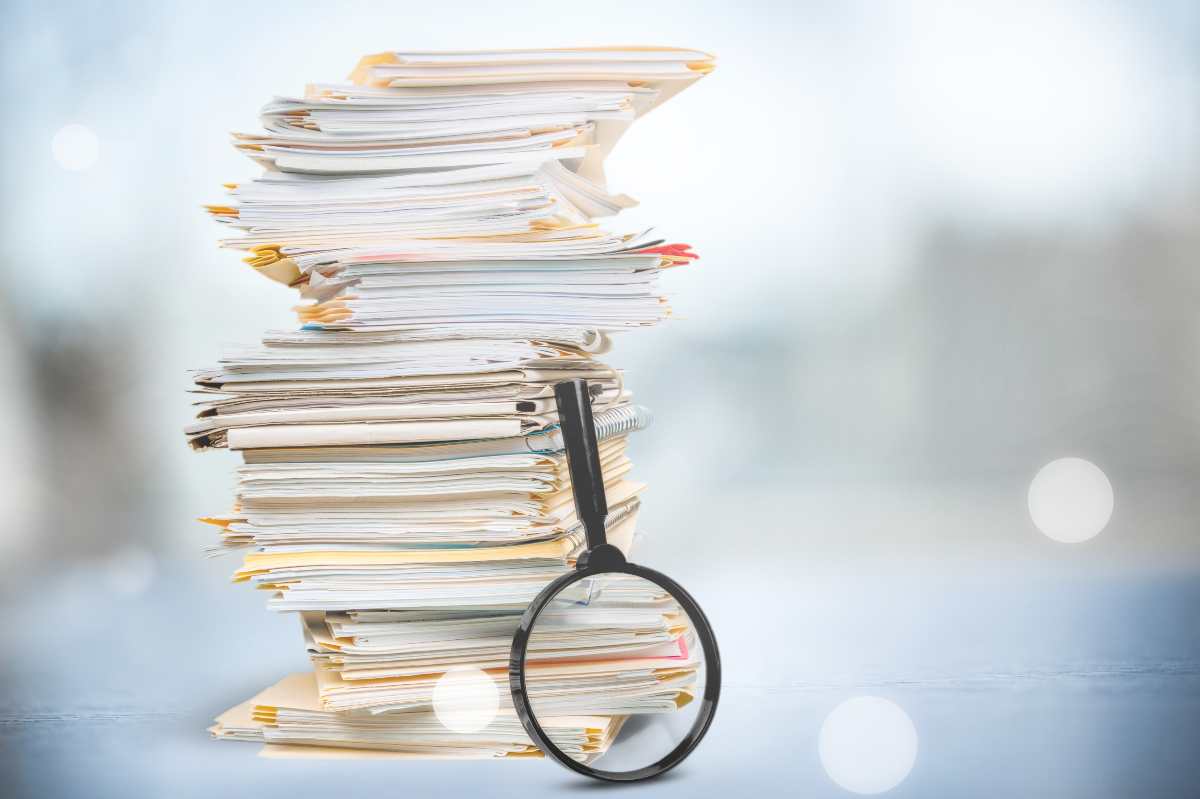Not just tax returns. The Revenue Agency also monitors purchases and investments. Here are the aspects most paid attention to by the tax authorities.
In recent times there has been a lot of talk about tax inspections and how much the Revenue Agency can actually carry out more or less in-depth checks on our tax situation. However, one aspect regarding controls should be clarified: some, in fact, are more frequent than others. This means that certain situations may be more subject to the lens of the tax system. Clearly, proceedings such as the tax return, or passing directly under the spotlight of the tax authorities, will see more “thoughtful” attention reserved. But other aspects also fall within the group of the “lucky ones”: from current accounts to investments, up to the purchase of goods and services.
There are basically two ways of acting on the part of the Revenue Agency. The entity could in fact proceed formally, ie through the comparison between what is declared by the taxpayer and the data released by the same to the entities with which it has entered into relationships. Or, using the elements already available from the Tax Registry, thus proceeding in an automated way. In both cases, it will be the taxpayer who will have to bear the burden of proof, that is, to demonstrate that their tax procedures comply with all the applicable regulations.
Tax checks: what they are and what procedures they follow
The aim is basically to demonstrate the absence of illegal proceedings. First of all, of tax evasion. The Revenue Agency, to ascertain the regularity of the taxpayer’s position, will therefore (more frequently) monitor the activities of current accounts, mortgages, investments and purchases of goods and services. That is, all financial procedures that require the movement of money. Except the tax return, since it is an annual report on what has been obtained (and therefore paid). Specifically, this is the document most controlled by the entity, analyzed through the filter of the Tax Registry and Financial Reports. In the first case, the relations between citizens and banks will be analyzed, while in the second the income received by taxpayers.
As mentioned, current accounts also end up under the lens of the tax authorities. Especially in this period, which is particularly subject to monitoring of money movements (even more so starting next year), with new limits on cash and other anti-evasion measures. The Revenue Agency will then review investments in companies, interest-bearing bonds and insurance products, as well as credit cards and deposit accounts. Same goes for mortgages, if they are found suspected discrepancies between the amount requested and the amount spent on the property.
READ ALSO >>> Loan and return, the long eye of the Tax Authority on bank transfers
As regards investments, including insurance policies, gold and voluntary social security contributions, the monitoring will mainly concern the figures spent. Once again, more in-depth checks will be triggered in the event of suspected inconsistencies in the tax return. The purchase of goods and services will be monitored by the Inland Revenue for expenses. With a careful eye on both the purchase of educational materials, fuels and transport.
–


